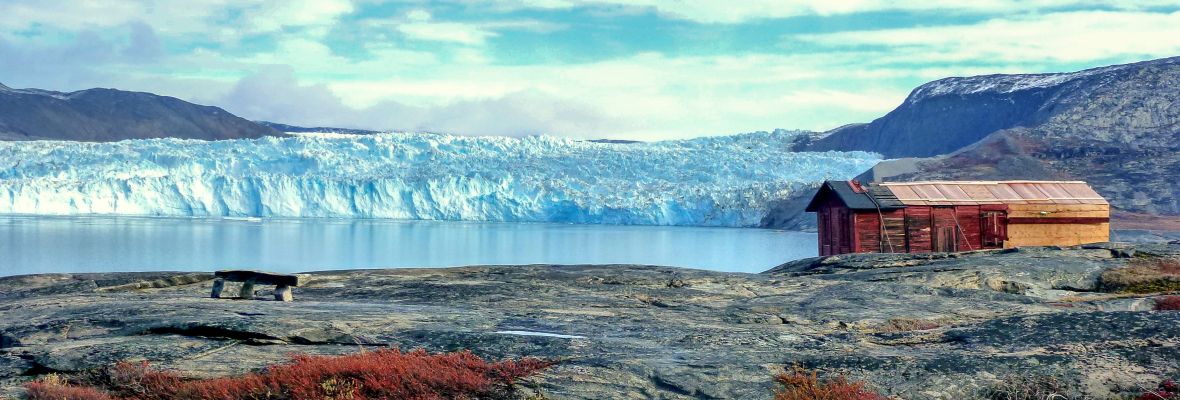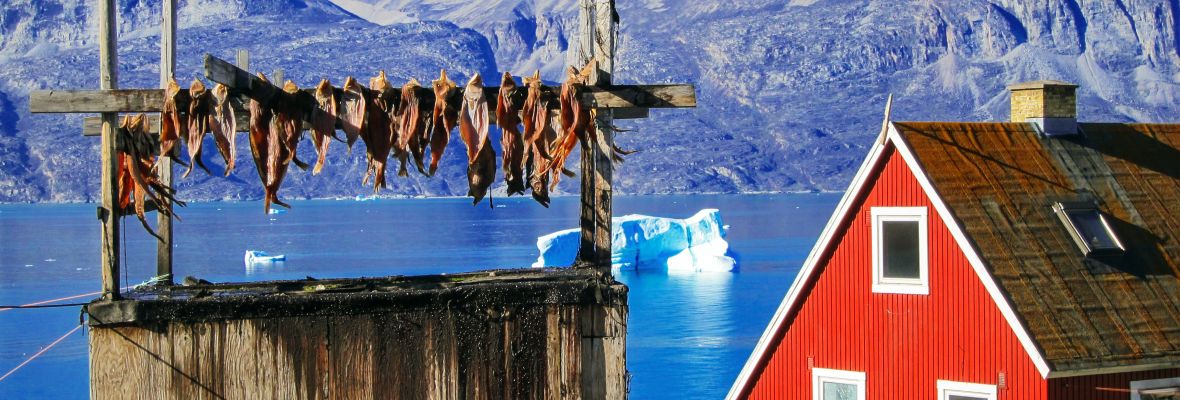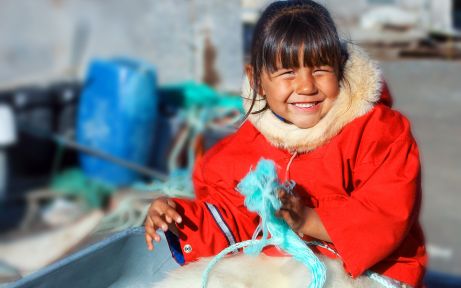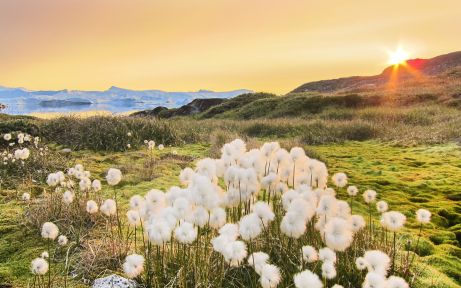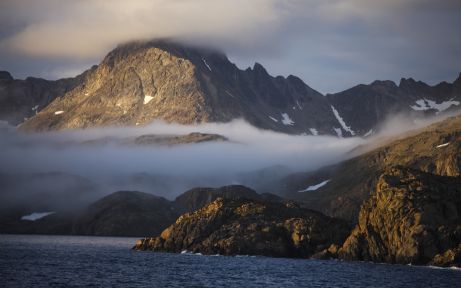Exciting changes are on the way!
As part of our merger with Polar Latitudes, we’re refreshing key elements of our website to reflect this new chapter. Discover more in our latest news update.
Explore our expedition voyages to the Arctic region, all designed to engage your heart, mind, and spirit through the duration of the journey.
Dominating the North Atlantic Ocean, Greenland is Earth's largest island. This vast land covers an impressive 2,175,600 km2. This is more than New Guinea, Borneo, and Madagascar (the next three largest islands) combined, more than three times the size of Texas, and more than four times the size of France! At the core of the country lies the Greenland Ice Sheet, the largest outside of Antarctica, containing approximately a tenth of all Earth's ice - around 6% of all fresh water on planet Earth - and covering an area the size of Libya. The Ice Sheet is so vast it influences climate and weather throughout the northern hemisphere.
Inhabited largely by Inuit people, Greenland is a country where ancient traditions still hold sway, and Mother Nature rules all human activity, as since time immemorial. Greenland has long cold snowy winters, and brief bright summers bathed in the midnight sun. Greenland holds huge diversity of scenery and ecology, from the lush green fjords and rolling pastures of the south, to the rugged hills and icebergs of Disko Bay, from the stark polar deserts of the north, to the deep rich fjords which line the coast.
Greenland is an autonomous country within the Kingdom of Denmark. The country has its own parliament (Inatsisartut) and government (Naalakkersuisut) and creates its own laws, while also electing MPs to the Folketing in Copenhagen. Despite its extreme geography, today's Greenland is a thriving modern country rooted in deep traditions. Smartphones are taken on every seal hunt, ancient drum songs are woven into techno beats in Nuuk's downtown clubs, and whale blubber and other delicacies are served up with new Nordic flair. However you choose to experience Greenland, experience with us!
Area of Greenland
Population of Greenland
Facts about Greenland
- Greenland has the lowest population density of any country globally, with just 0.03 people per square km (around 40km2 per person)! The second least densely populated (the Falkland Islands) has over ten times this density!
- There are many more boats than cars in Greenland - there are no roads between settlements, and the sea provides a better highway than the rugged landscape. There are only around 5,700 cars registered in Greenland - far outnumbered by fishing boats alone!
- Greenland is home to the world's largest National Park. Comprising the entire northeastern quarter of the island, the Northeast Greenland National Park measures 972,000 square kilometers - over twice the size of Sweden. The park is a haven for polar wildlife, from muskoxen to polar bears, narwhals to arctic wolves. There are no permanent human inhabitants, and the park is protected by the legendary Sirius Dog Sled Patrol - an elite branch of the Danish Navy.
- Greenland is home to three UNESCO World Heritage Sites. The first was the spectacular natural phenomenon of Ilulissat Icefjord, a product of the Sermeq Kujalleq Glacier - the world's largest and most productive glacier outside Antarctica. In South Greenland lies Kujataa, a cultural landscape where the Norse once farmed, now inhabited by Inuit farmers. Greenland's newest UNESCO World Heritage Site is Aasivissuit-Nipisat in Greenland's Arctic Circle region, encompassing a hunting landscape used for over 4,000 years.
- Arctic
- Greenland



